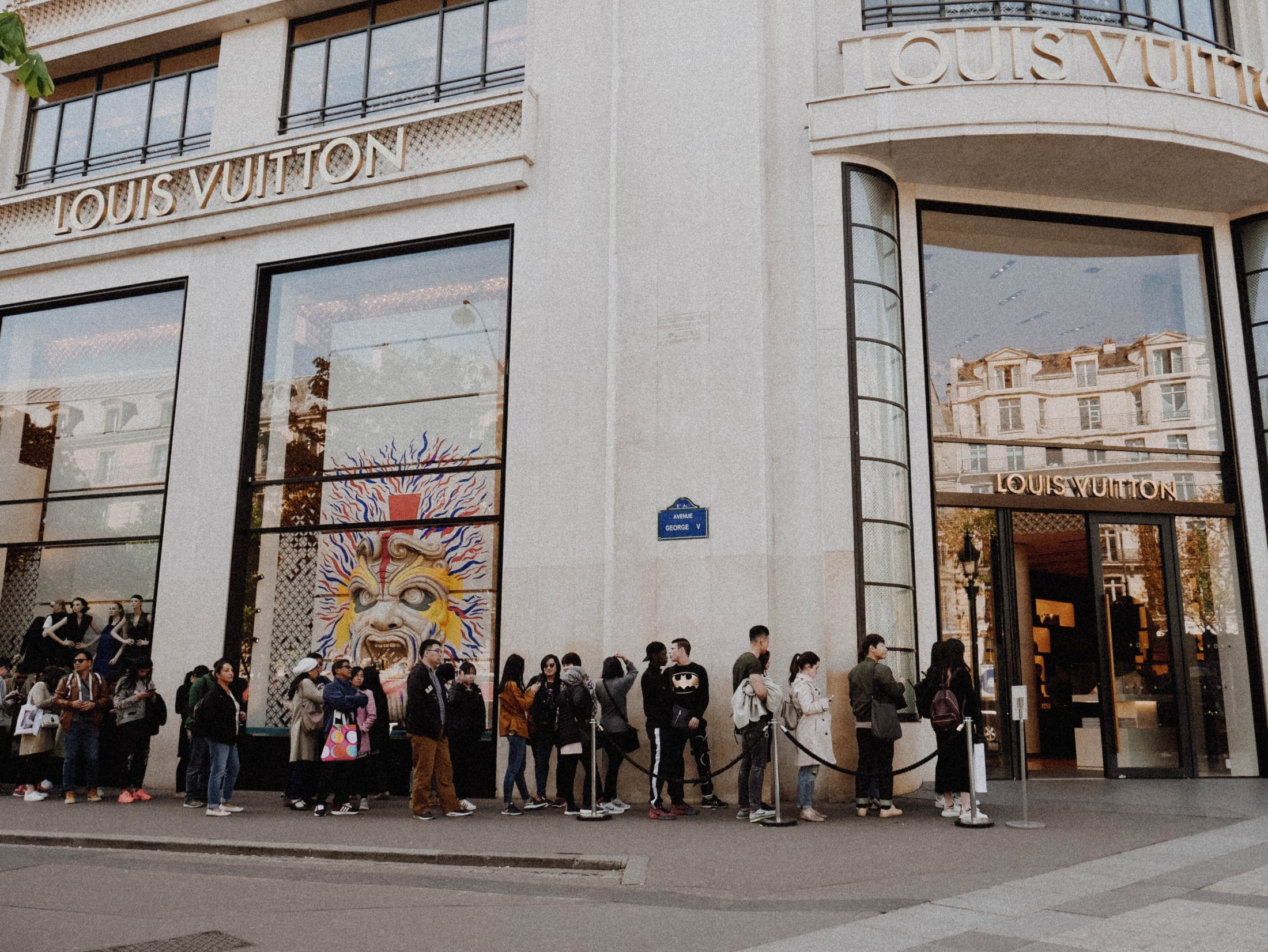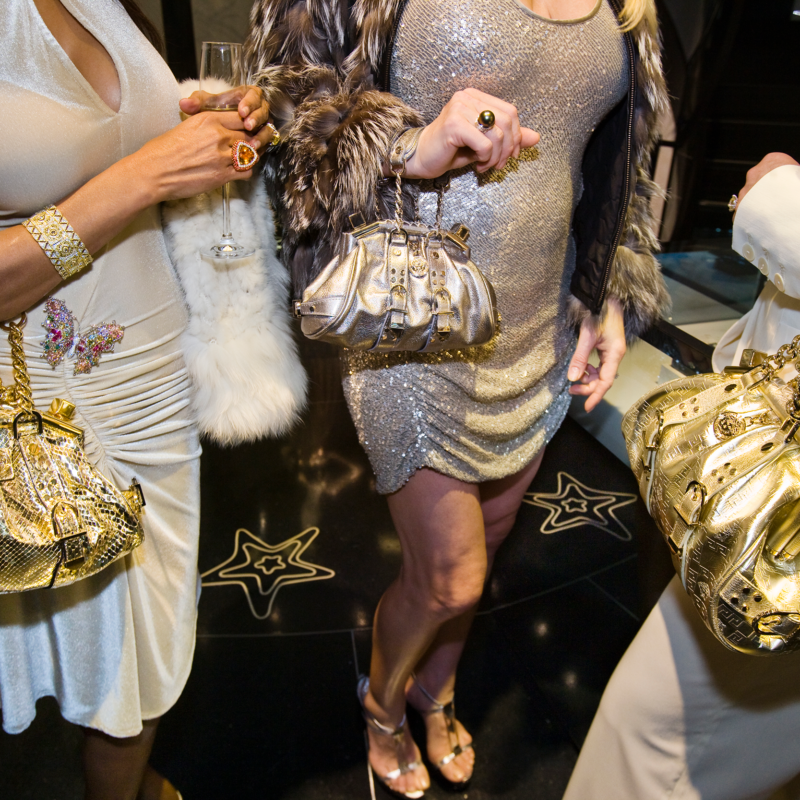Interview with Karl Hermanns, Global Managing Director at Christie’s

Karl Hermanns is the Global Managing Director at Christie’s, and he has a huge wealth of experience in the luxury field with particular expertise in strategy and marketing of brands.
Hermanns started out in the analytical halls of Ernst & Young, before going on to head up the marketing department at Barneys New York, where he oversaw a huge transformation into both digital and physical growth that extended beyond the US. Karl now runs a series of departments at Christie’s, where he has been an integral part of cultivating fresh appeal with the next gen. Due to this varied experience across the retail and art worlds, his insight into where the luxury space may be heading next is quite fascinating.
When it comes to defining what luxury is, Hermanns believes there are at least three things to consider, which can be summed up under the umbrellas of quality, status and investment. Understanding these, and indeed how they are changing, is critical to establishing how brands might be able to compete with the traditional luxury players.
“The mega brands are doing better than ever, and even during the pandemic have significantly increased their business,” he says, citing the likes of LVMH, Kering and Richemont, which house many of the biggest luxury fashion labels in the world. “Part of their success is down to their resources, which allows them to pick creative directors who have their fingers on the pulse of popular culture.”
He names Alessandro Michele at Gucci and Virgil Abloh at Louis Vuitton as the best examples of this.
“Regardless of how great all their research is, without the creative vision, these two brands would not have achieved what they have. It’s a classic combination of creative, analytics and execution that creates such strong success in the big brands.”
But, how do the less well-known companies, particularly those who may not be traditionally labelled as luxury, compete with these mega brands? Hermanns believes that it is all about finding your own space.
“You have to consider what niche opportunities there are. This was the strategy when I was at Barneys. The store was not about the mega brands, but we focused on finding the interesting, new and emerging or the undiscovered heritage labels.”
You can already see this succeeding in situations where brands have been able to create niche, devoted audiences like at cult cycling brand Rapha, a company whose consumers feel truly connected to it.
“You could think of it as the passion market, where your clients are completely dedicated. It seems to be a successful space, but it is a completely different proposition than where you have Louis Vuitton or Gucci, which is all about status and creative drive.”

This idea of status, which may be why something is considered luxury, is interesting because, unlike luxury being seen as high quality (the best materials, craftsmanship, service) or a smart investment, status symbols are very subjective and can change quite dramatically. And, the prevalence of obvious logos on high-fashion items today suggests that status is more important than ever.
“A definition for luxury being linked to status is nothing new. This is not a 21st century phenomenon, it was happening as far back as the Renaissance. This has always existed, and it will always exist, it is human nature to impress and benchmark ourselves, for better or worse.”
However, although the idea of wanting status doesn’t change, what is considered a status symbol can.
“Status is now hugely fragmented, with plenty of micro tribes that exist,” Hermanns explains, noting how the traditional art world is completely mystified by the recent introduction of NFTs (which in less than 12 months has seen Christie’s book $100M of sales). The same can be seen in some areas of fashion.
“Streetwear is a good example of this. Brands like Supreme and Vetements can charge £1,000 for a pair of recycled jeans or £500 for a plain printed T-shirt – and that’s just at retail. Then you have the phenomenon of the resale market, where these limited-edition pieces can be sold for much more. There is a trading mentality. Companies like Stock X, which are literally trading platforms for rare sneakers, have become enormous business.”
So, we see customers investing in items which would not traditionally have been considered luxury high-fashion pieces, because they offer a certain level of status. This can also happen partly because of wider global trends, for example with sustainability and how that is catapulting the resale market forwards.
“The pre-owned market is seeing several significant players establish themselves, including the Real Real and Vestiaire. And now, after that success, you actually are seeing the mega brands investing into these platforms themselves and selling upcycled previous collections.”

The pandemic too has of course had huge implications on trends for the luxury market.
“The whole world had to accelerate its digital expression over the last 18 months,” Hermanns says. “It is no secret that the art world was way behind. Across the board, nobody had put enough thought and investment into digital and so we have all been scrambling to catch up. We have achieved five years of progress is one year, forced by the circumstances.”
However, Hermanns does not believe things will go completely digital for good – “there will be a balance” – and he thinks that, ultimately, the pandemic will not impact shopping habits in the way we thought it might.
“Some people talk about how we won’t go back to how things were, but I don’t think that’s true at all. We have seen it with other tragedies and we’ll see it again, the pandemic will not change human nature. We want nice things and we want to show them off to impress our peers.”
What these nice things are though is down to how brands can connect with and appeal to consumers going forward.